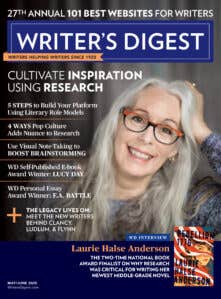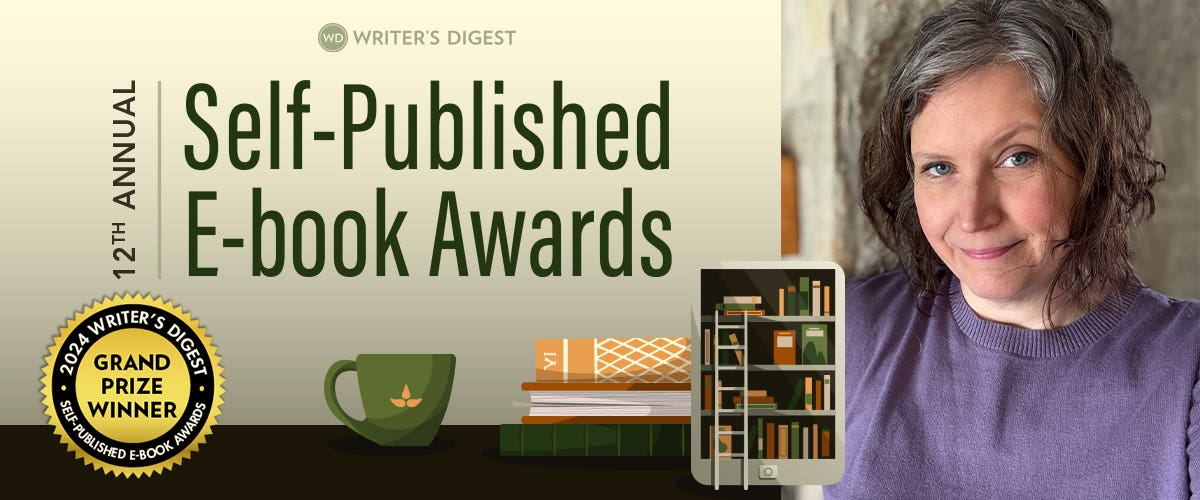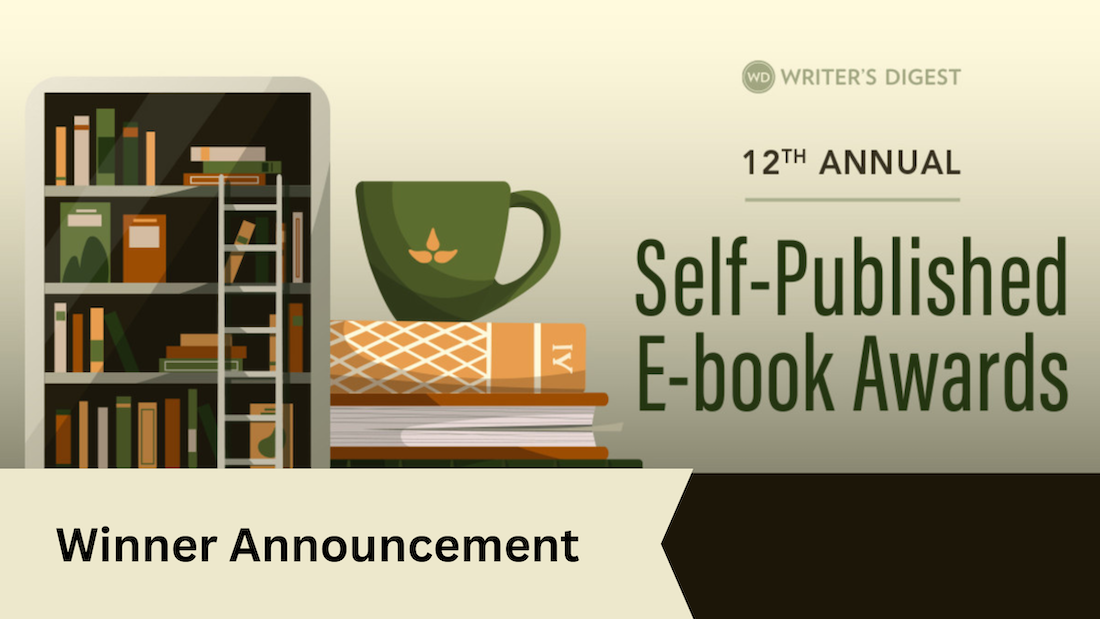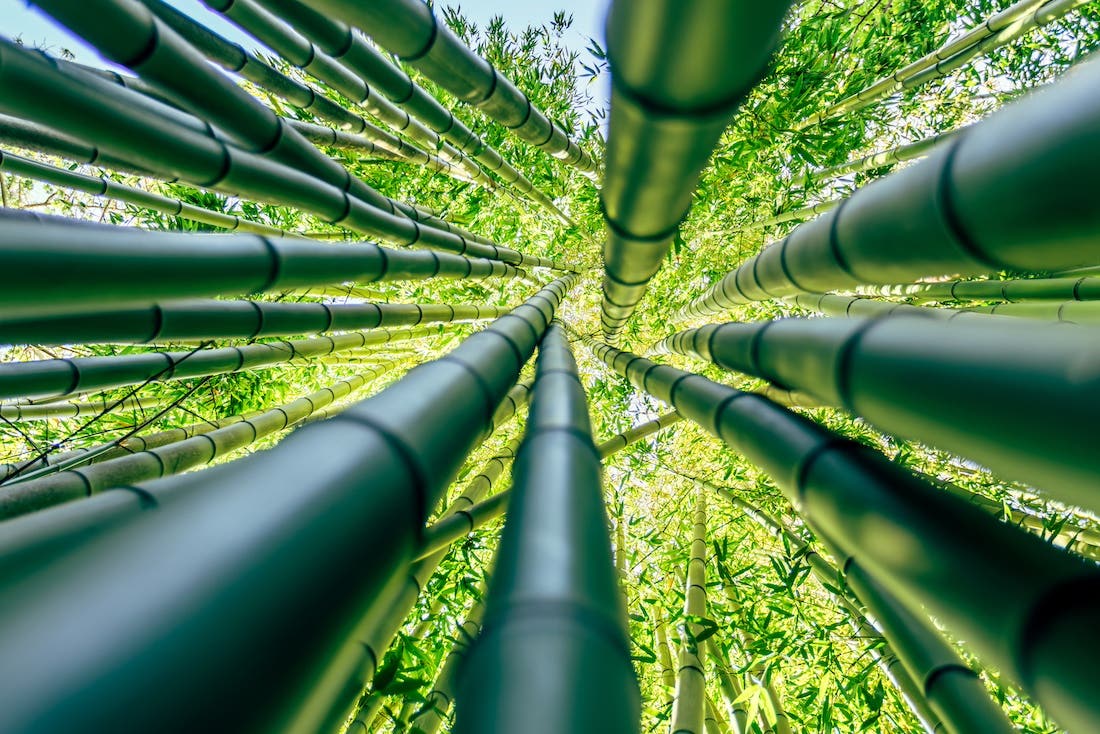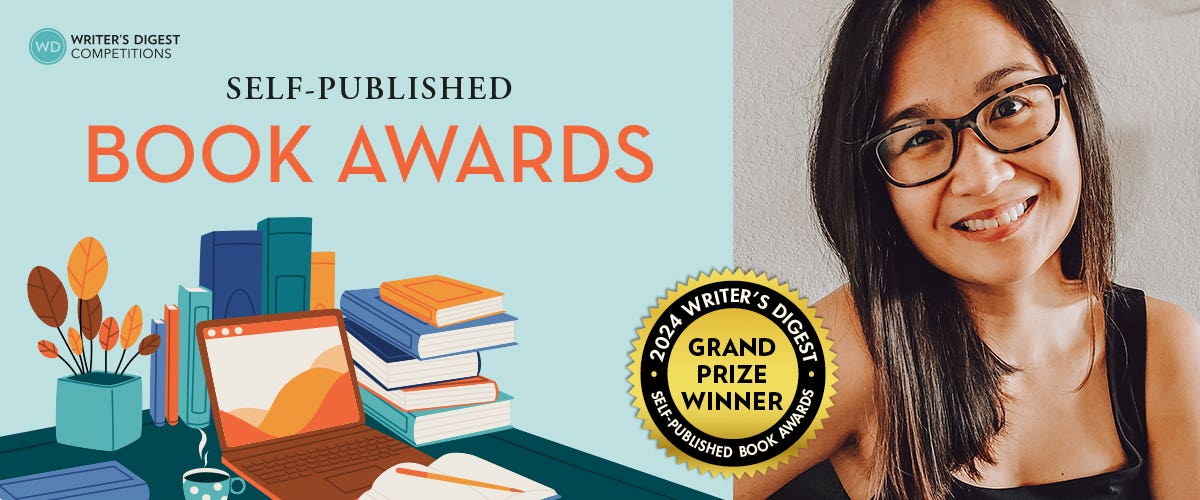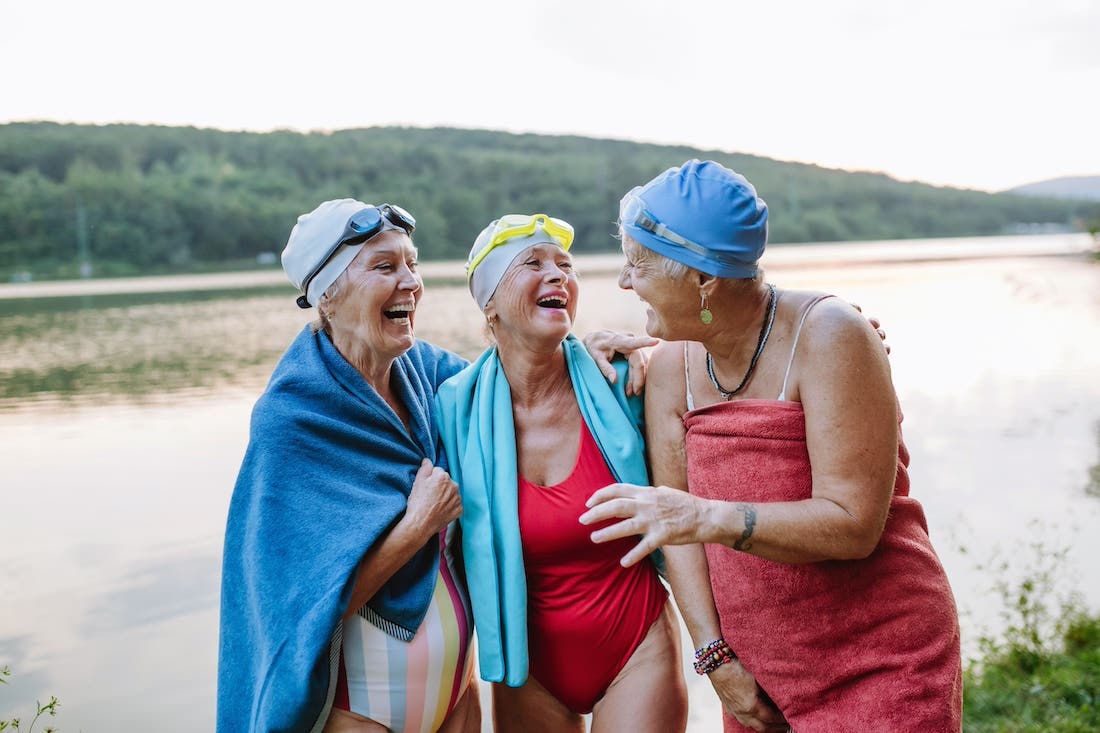Writer’s Digest 89th Annual Competition Winner Profile: Cheryl Katz
The winner of the 89th Annual Writer’s Digest Writing Competition talks about the elements of groundbreaking environmental journalism.
Congratulations to Cheryl Katz, Grand Prize winner of the 89th Annual Writer’s Digest Writing Competition! Her article, Arctic Voyage Finds Microplastics Clog the Most Remote Reaches of the Planet, stood out among nearly 4,000 total entries to the competition. View the complete list of winners and honorable mentions here.
In this winner profile, Katz shares her experience with environmental writing and how she learned to navigate the complexity of scientific articles.
Are you in it to win it? Enter the 90th Annual WD Writing Competition.
Cheryl Katz can’t get back to the Arctic often enough. She’s ventured to Iceland, writing about how population decline in puffins has impacted the long-standing, cherished tradition of puffin hunting; spent time in Greenland as a National Science Foundation fellow, visiting a field site of scientists studying the changing of seasons and how shifts in these patterns have upended the ecosystem; dove into the frigid waters of the Arctic Ocean in a survival suit as part of her safety training before walking across treacherous stretches of sea ice.
Despite its extreme weather conditions, Katz finds the Arctic Circle the most beautiful place on the planet. The freelance science and environmental reporter is one of the few people other than scientists and the region’s four million inhabitants to see the Arctic, who knows the hyperreal beauty of ice illuminated by an Emily Dickinson-esque slant of light caused by the Earth’s tilt. With the Arctic transforming rapidly due to climate change, Katz feels a magnetic pull to write about it as much as possible.
In an article for National Geographic, Katz investigates how microplastics found within the Fram Strait—an Arctic Ocean passageway between Greenland and the Svalbard archipelago of Norway—have made one of the most remote locations on Earth also one of the most polluted. The article, which won Grand Prize in the 89th Annual Writer’s Digest Writing Competition, reveals that microplastics carried to the Arctic via ocean and wind currents contaminate the habitats of organisms far below the sea ice, fall airborne mixed with snow, clog the ocean, and even turn up in the bodies of wildlife such as birds.
Katz’s winnings include $5,000 and a trip to the 2021 Writer’s Digest Conference in New York City.
Katz wrote the article on a nearly three-week expedition from Norway to the east coast of Greenland and back, accompanying scientists from the Norwegian Polar Institute who invited her to observe their work. She wrote the article in one sitting—something that rarely happens because her process is usually more labored, working to get each paragraph perfect before moving on to the next. Katz says the story wrote itself because she was so moved after a day spent on the ice shadowing the scientists.
“The day I went out on the sea ice was the highlight of my trip, probably one of the highlights of my life,” she says. “I made sure to take in all the sights and sounds and smells, the feeling of the ice cracking under your feet, the snippets of conversations you hear going on around you, and the incredible feeling of standing on top of the frozen ocean, then started writing it right away while it was still fresh and exhilarating. The descriptive lede came straight from my view out on the ice. Once I had that down, it just carried me right along.”
Katz became a science reporter after a lifelong love of the subject. As a kid whose favorite toy was her microscope, she went on to study biology and chemistry in college but pursued her master’s in journalism when she realized she didn’t want to spend her life in a lab. Katz spent her early career as a general assignment reporter and science writer for newspapers but took a break from the industry and began freelance writing while at home recovering from foot surgery.
“The biggest step in my journey to environmental writing was realizing—thanks to some wise editors—that it’s not enough to just compile information and explain difficult scientific concepts,” she says. “What’s most important is getting emotion into your stories and showing how communities or ecosystems are affected and really make people care. It still is the thing that I work at the hardest. Sometimes my writing makes me cry, and then I know that I’ve gotten it right.”
To help capture the emotional heart of a story, Katz finds it most effective to pick a central character and build the narrative around them, such as how her prize-winning National Geographic article centered on the scientists of the Norwegian Polar Institute and their research. However, she notes that the central character of an article doesn’t have to be a person: “I’ve used birds and had stories where the ice itself was the central character—but always look for some identifiable thing that the reader can attach to and see as a signpost guiding them through the journey of the story.”
Next, she enlivens stories with compelling details. Katz pulls many from what she calls her “mind dump,” a flurry of observations, key quotes, and images that she jots down during her field research. This mess of notes is so important to her research process that Katz warns interview subjects that she’ll disappear for a few minutes about once an hour to get it all out of her head and into a notebook. Notes from the mind dump are usually what trigger her memory while writing the story. The mind dump is also where she selects details that will help her in formulating a sense of hope in the article—another essential part of environmental writing that excites readers and moves them to action rather them boring or depressing her audience.
Katz writes so well—and so much—about how climate change is damaging ecosystems around the world that I have to ask her how she is able to retain that sense of hope. Certainly, someone who is sometimes moved to tears by writing about wildlife in danger must also be upset when throwing away each piece of single-use plastic that pervades our daily lives. While Katz admits that it is difficult, she feels encouraged that the issue of climate change is finally starting to gain traction with the public.
“Polls show that big majorities of people understand that climate change is a serious threat, and people want their leaders to take meaningful action. We’re starting to see the same thing in major industries, where they’re beginning to realize that not taking action on climate change will end up costing them more than changing to environmentally friendly practices. And they’re realizing that their customers want this. Also, while the research that’s coming out is incredibly depressing, at the same time we’re really leaping forward in our understanding of how our planet works.”
Katz says one of the biggest things average people can do to help stop climate change is driving as little as possible, which can add up to a substantial drop in greenhouse gases. She notes that switching to an electric car, walking, or biking; making your home more energy-efficient by using electric appliances instead of gas or oil; and eating less meat are also effective. “But the most important actions that we need must come on the national and the international level, and to make those happen, you need to inform yourself, you need to speak out, and most of all, you need to vote.”
Before the COVID-19 outbreak, Katz won a grant from the Institute for Journalism & Natural Resources to travel to Arctic Canada to report on the innovative conservation efforts of an Inuit community. While her trip is currently on hold due to pandemic, Katz hopes to travel there in the summer of 2021.
“I can see the change in the Arctic from year to year, and that’s heartbreaking, but it’s also a story that needs to be told,” she says. “I feel this compelling need to bring the sights and the sounds and the people in the story of this incredibly important place to an audience for whom the Arctic may typically be just polar bears and Santa Claus.”
About Cassandra Lipp
Cassandra Lipp is managing editor of Writer's Digest. She is the author of Queen City Records, which tells the stories behind the indie record shops of Cincinnati and Northern Kentucky. Her work has appeared in Greener Pastures, The Belladonna, Little Old Lady, Points in Case, and Ohio's Best Emerging Poets 2019. Follow her on Twitter @Cassie000000.


